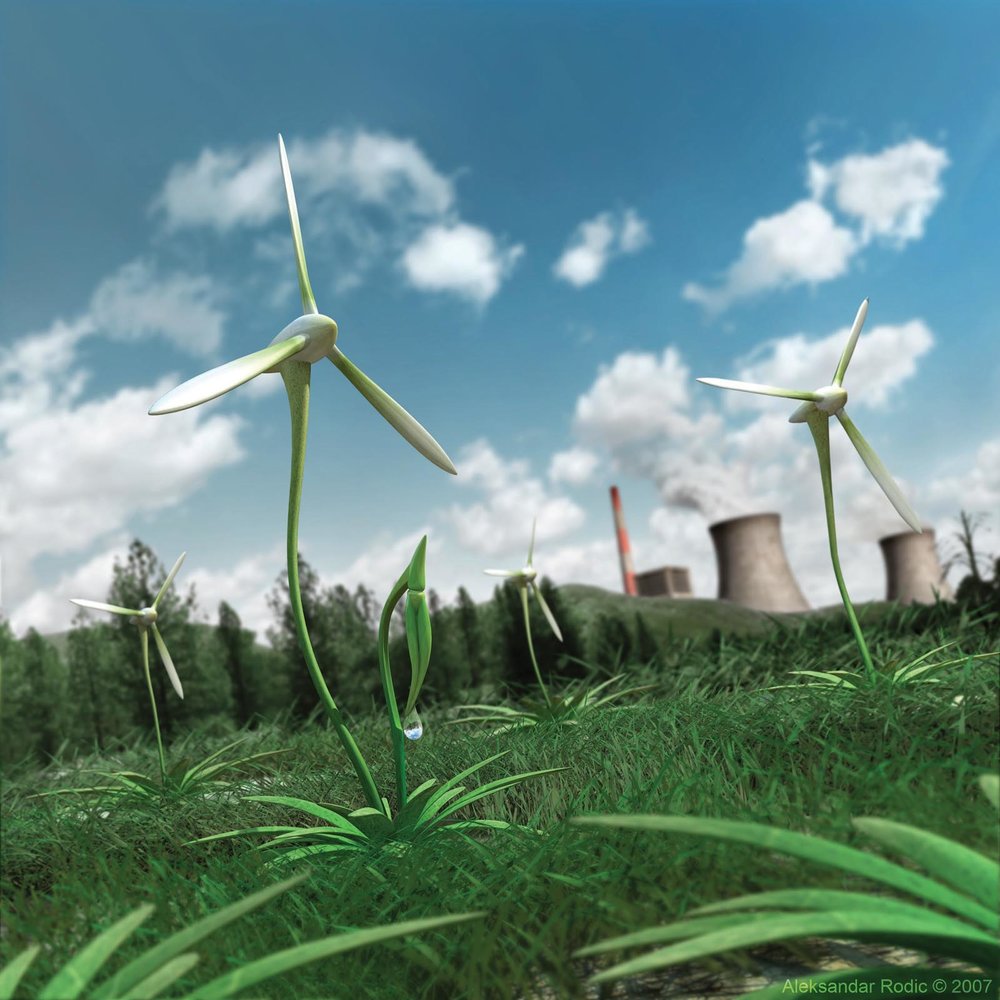As the world grapples with the challenges of climate change and environmental degradation, green technology innovations are emerging as vital solutions. These innovations not only aim to reduce carbon footprints but also promote sustainable practices across various sectors. Below are key subtopics that delve into the significant aspects of green tech driving sustainability.
Renewable Energy Sources
Renewable energy sources, such as solar, wind, and hydroelectric power, are at the forefront of green technology innovations. These energy sources are sustainable and have a minimal environmental impact compared to fossil fuels. The transition to renewable energy is crucial for reducing greenhouse gas emissions and combating climate change.
Solar energy, for instance, harnesses sunlight through photovoltaic cells, converting it into electricity. Wind energy utilizes turbines to capture wind flow, generating power without depleting natural resources. As technology advances, the efficiency and affordability of these renewable sources continue to improve, making them more accessible to consumers and businesses alike.
Energy Storage Solutions
Energy storage technologies, such as batteries and pumped hydro storage, play a critical role in the effective use of renewable energy. These solutions allow for the storage of excess energy generated during peak production times, which can then be utilized during periods of high demand or low production.
Advancements in battery technology, particularly lithium-ion and solid-state batteries, are enhancing energy storage capabilities. This innovation not only supports the integration of renewable energy into the grid but also promotes energy independence and resilience in communities.
Sustainable Agriculture Practices
Sustainable agriculture is essential for ensuring food security while minimizing environmental impact. Innovations such as precision farming, vertical farming, and organic farming techniques are transforming the agricultural landscape. These practices focus on optimizing resource use, reducing waste, and enhancing biodiversity.
Precision farming utilizes technology like GPS and IoT sensors to monitor crop health and soil conditions, allowing farmers to make data-driven decisions. Vertical farming, on the other hand, maximizes space and reduces water usage by growing crops in stacked layers, often in urban settings. These methods contribute to a more sustainable food system and reduce the carbon footprint associated with traditional farming.
Green Building Technologies
Green building technologies aim to create energy-efficient and environmentally friendly structures. Innovations such as smart building systems, sustainable materials, and energy-efficient appliances are integral to this movement. These technologies not only reduce energy consumption but also enhance the overall quality of life for occupants.
Smart building systems utilize sensors and automation to optimize energy use, adjusting lighting and heating based on occupancy. Additionally, the use of sustainable materials, such as recycled steel and bamboo, minimizes environmental impact during construction. As urbanization continues to rise, green building practices are becoming increasingly important for sustainable development.
Water Conservation Technologies
Water scarcity is a pressing global issue, and innovative technologies are emerging to address this challenge. Water conservation technologies, such as rainwater harvesting systems, greywater recycling, and smart irrigation, are essential for sustainable water management.
Rainwater harvesting systems collect and store rainwater for non-potable uses, reducing reliance on municipal water supplies. Greywater recycling systems treat and reuse wastewater from sinks and showers for irrigation. Smart irrigation systems utilize sensors to optimize water usage, ensuring that plants receive the right amount of water without waste. These technologies contribute to sustainable water practices and help mitigate the effects of drought.
Electric and Autonomous Vehicles
The transportation sector is a significant contributor to greenhouse gas emissions, and the rise of electric and autonomous vehicles (EVs) is a promising solution. EVs produce zero tailpipe emissions and can be powered by renewable energy sources, making them a key component of sustainable transportation.
Autonomous vehicles also have the potential to reduce traffic congestion and improve fuel efficiency. By optimizing driving patterns and reducing the need for parking spaces, these innovations can lead to a more sustainable urban environment. As infrastructure for EVs continues to expand, their adoption is expected to grow, further contributing to sustainability goals.
Circular Economy Initiatives
The concept of a circular economy focuses on minimizing waste and maximizing resource use through recycling, reusing, and refurbishing products. Innovations in this area are driving sustainability by promoting responsible consumption and production patterns.
Companies are increasingly adopting circular economy principles by designing products for longevity and recyclability. Initiatives such as take-back programs and product-as-a-service models encourage consumers to return products at the end of their life cycle, reducing landfill waste. This shift not only benefits the environment but also creates new economic opportunities.
Carbon Capture and Storage Technologies
Carbon capture and storage (CCS) technologies are essential for mitigating climate change by capturing carbon dioxide emissions from industrial processes and storing them underground. These innovations are crucial for achieving net-zero emissions targets and transitioning to a sustainable future.
CCS technologies can be integrated into existing power plants and industrial facilities, allowing for the continued use of fossil fuels while minimizing their environmental impact. As research and development in this field progress, the potential for large-scale implementation of CCS could significantly reduce global carbon emissions.
| Innovation | Description | Impact on Sustainability |
|---|---|---|
| Solar Energy Technology | Advancements in photovoltaic cells and solar panels that increase efficiency and reduce costs. | Reduces reliance on fossil fuels, lowers greenhouse gas emissions, and promotes renewable energy use. |
| Wind Energy Solutions | Innovations in turbine design and offshore wind farms that enhance energy capture. | Provides a clean energy source, decreases air pollution, and contributes to energy independence. |
| Energy Storage Systems | Development of advanced batteries and storage technologies to store renewable energy. | Facilitates the use of intermittent renewable sources, stabilizes energy supply, and enhances grid reliability. |
| Smart Grids | Integration of digital technology into electricity networks to optimize energy distribution. | Improves energy efficiency, reduces waste, and enables better management of renewable energy sources. |
| Sustainable Agriculture Technologies | Use of precision farming, vertical farming, and hydroponics to increase food production sustainably. | Reduces water usage, minimizes chemical inputs, and lowers carbon footprint in food production. |
| Electric Vehicles (EVs) | Advancements in battery technology and charging infrastructure for electric cars. | Decreases emissions from transportation, promotes cleaner air, and reduces dependence on oil. |
| Waste-to-Energy Technologies | Processes that convert waste materials into usable energy through combustion or anaerobic digestion. | Reduces landfill waste, generates renewable energy, and decreases greenhouse gas emissions. |
| Water Purification Innovations | Technologies that improve water filtration and desalination processes. | Ensures access to clean water, promotes water conservation, and supports sustainable water management. |
This HTML document provides a structured overview of various green tech innovations that are driving sustainability, presented in a clear and informative table format.



